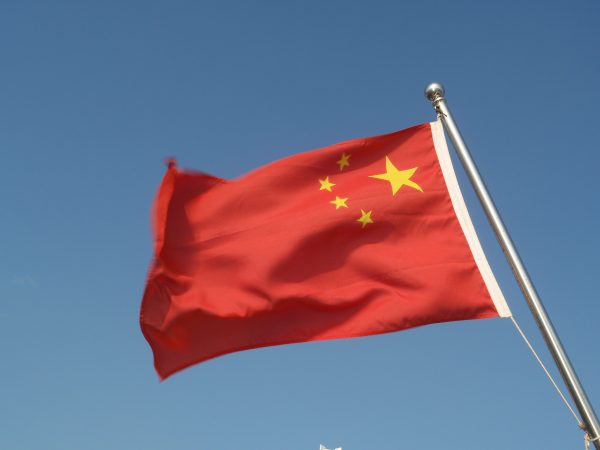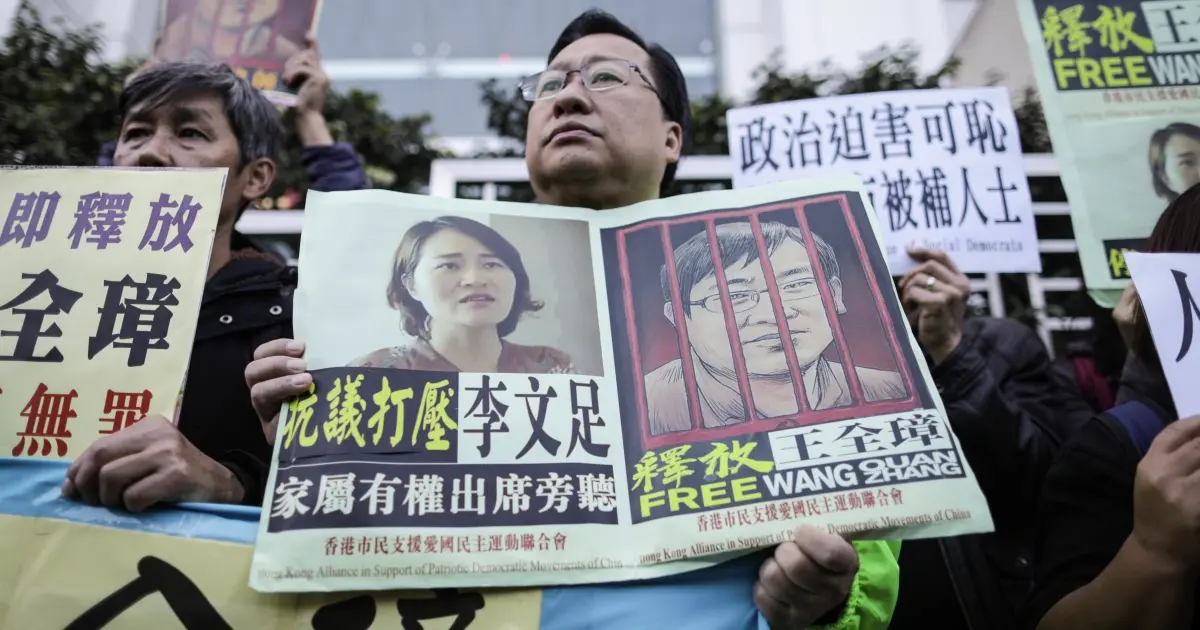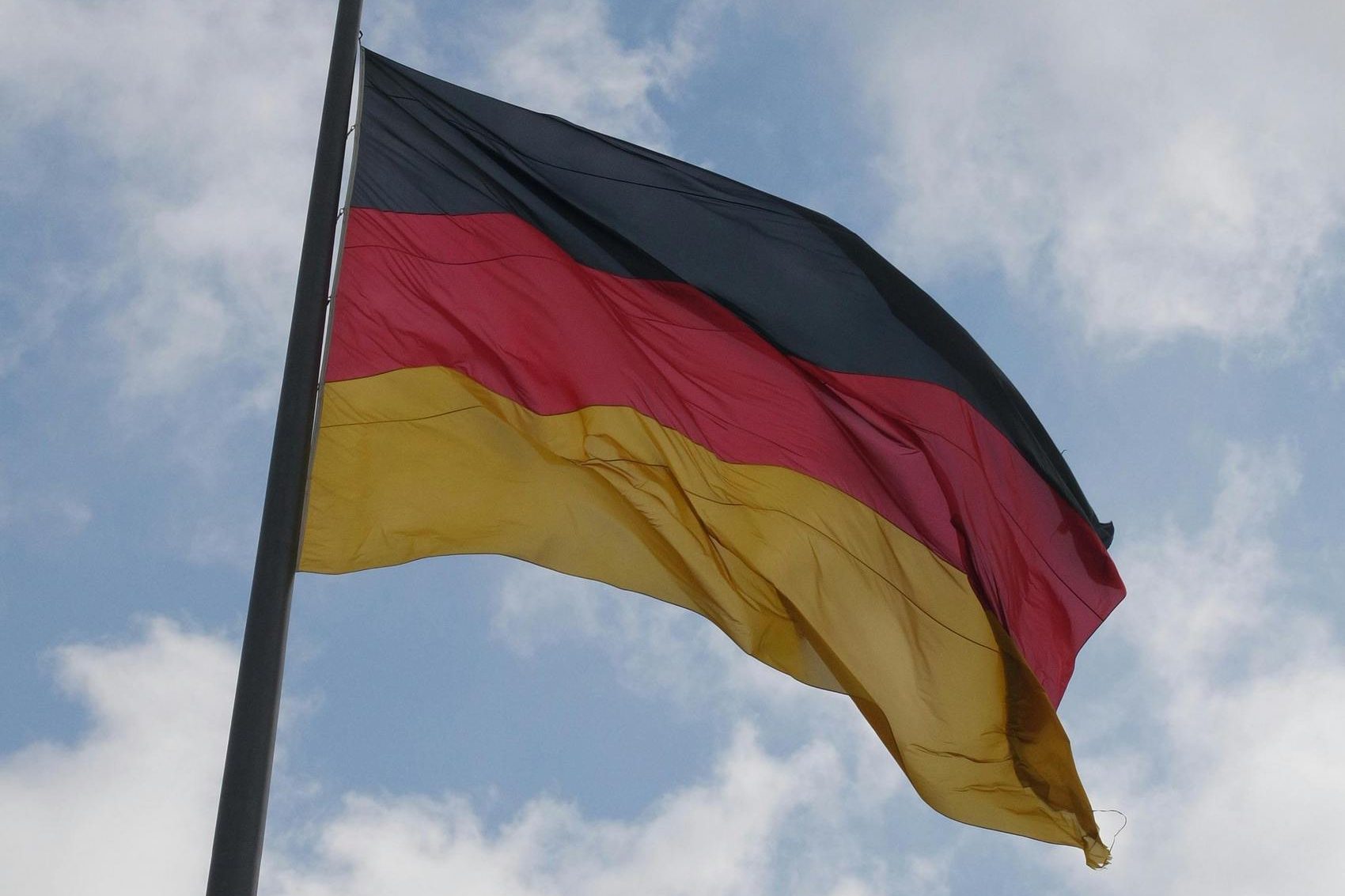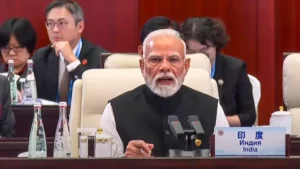BRI promoting fossil fuel plants which enhances carbon emission
The China’s Belt and Road initiative (BRI) is in the eyes of world for every other new learning about it. Recently it was revealed that the great energy projects which will be built under the flagship of BRI are carbon intensive and operates on fossil fuel.
The BRI is set to aggravate environmental degradation and climate change further by contributing to the burning of carbon dioxide (CO2). The burning of coal accounts for 46 percent of global CO2 emissions while 72 percent of greenhouse gases from the electricity sector.
Given the magnitude of the BRI project that spread across the five continents, the earth is going to witness serious, negative impacts thanks to the Chinese way of constructing projects in which environmental guidelines are hardly followed. “What China is selling is the China development model, which was energy-intense, no holds barred,” said Jennifer Turner, director of the China Environment Forum at the Woodrow Wilson Center.
While Beijing has termed the BRI environmentally sustainable and green, the majority of the projects are dependent on fossil fuels. So does the investment by Chinese banks. According to the World Resources Institute (WRI), Chinese contracts in energy and transportation are to be carried out in a conventional way, which means they will not be committed to low-carbon development strategies and objectives. “From 2014 to 2017, 91 percent of the energy-sector syndicated loans in which the six major Chinese banks, and 61 percent of the energy-sector loans financed entirely by China Development Bank and/or China Exim bank were in fossil fuels,” reads a report by the WRI.
China does not maintain transparency and share details of the BRI contracts with the public. According to the Global Environment Institute, there were at least 240 coal-fired projects planned in different countries under BRI at the end of 2016.
in Indonesia, Egypt, Kenya, Bangladesh, Vietnam, Turkey are some of the countries in which coal-fired energy generation plants are planned under the BRI. In Bangladesh, the BRI-sponsored SS Power One plant not only affect local biodiversity and destruct local livelihood but would aggravate negative effects of climate change through increased coal emissions.
In South-East Asia, these BRI projects have threatened biodiversity spots, where several endangered species live. Now, it has come to the fore that Chinese banks have financed new 60 coal-fired plants outside the country. It means China has over 70 percent share in coal plant construction worldwide.
All 60 plants would emit 276 megatonnes of CO2 every year, which is equivalent to what entire Spain releases every year.
Beijing government has been urging global banks to finance the BRI projects. However, its conduct does not seem to be complying with the unified green financing standards. “Until Beijing aligns its principles guiding its environment investments abroad with global standards, it will continue to face international criticism about its lack of sustainable growth and investment strategies,” reads a report by Economist Corporate Network (ECN). “This is especially true when its continued export of dirty-energy technology, such as coal-fired plants, undercuts the credits it gets for going green.”
Now different countries have been witnessing protests by environment activists against BRI-led coal plants. Similar protests were seen in other countries as well.
There has been opposition to these coal energy projects from people in Indonesia, Pakistan, the Philippines, South Africa, Turkey and Vietnam. In Turkey, a group of different environmental organisations has written to Chinese banks seeking to half financing to the coal-fired plant in Adana over health and environmental concerns. “We believe that the cumulative biodiversity, environmental, air pollution, climate, and policy alignment issues raise serious red flags about your institution’s involvement in this project,” the group said in the letter.
China is accused of making a green investment inside the country while damaging the environment through the export of coal energy. Yossi Cadan, a senior campaigner at ‘350.org’ said “While China seems determined to meet its Paris climate agreement targets at home, it undermines those efforts to reduce global emissions by simultaneously investing in coal projects across the world.”
While China has pledged to make the BRI greener, in reality, it is being used to absorb its labour and its economic growth hunger. But in the process recipient countries are witnessing widespread environmental degradations and carbon emissions. “Beijing is keeping its development and commercial banks, construction and engineering firms busy while exporting a lot of dirty technology in the process,” said Daniel Wagner, CEO of Country Risk Solutions.










